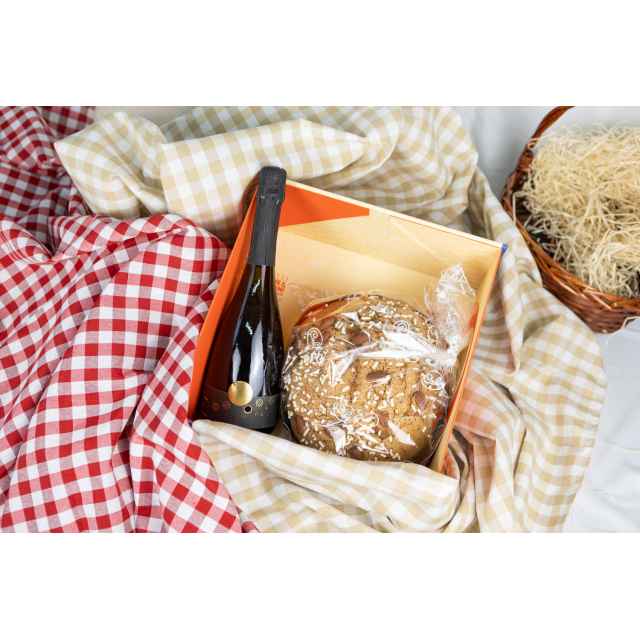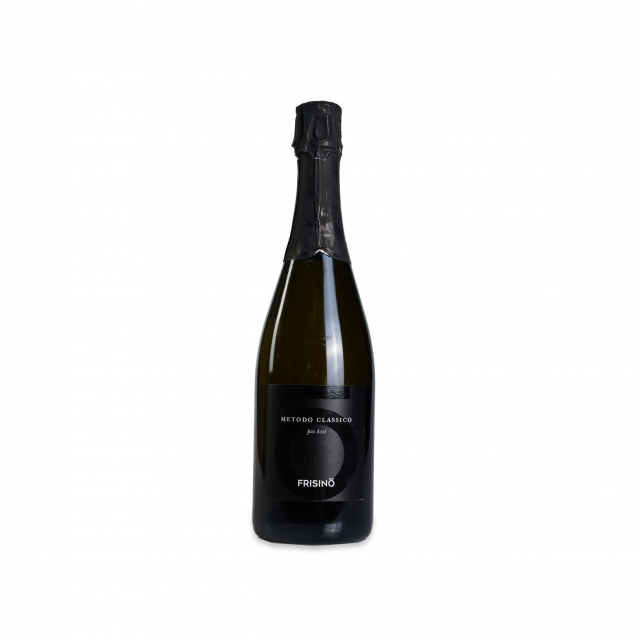Focaccia: History, Recipe, and Pairings
Introduction to Focaccia: History and Regional Variations
Focaccia, Genovese or other varietis, is one of the most beloved baked goods in Italian cuisine with deep roots dating back to antiquity. Originating from Liguria, Genovese focaccia is famous for its softness and unmistakable flavor, thanks to the generous use of extra virgin olive oil. Besides the Ligurian version, other regional varieties stand out throughout Italy, such as Apulian focaccia, characterized by a thicker base, often topped with fresh cherry tomatoes and olives. Today, focaccia has become internationally recognized, with modern interpretations in addition to the genovese one like stuffed focaccia, olive focaccia or onion focaccia.
Basic Focaccia Recipe
Making focaccia at home is easier than you might think. Here’s a basic recipe for a soft and fragrant focaccia:
Ingredients:
- 500g of 00 flour
- 300ml of lukewarm water
- 7g of dry yeast
- 10g of salt
- 50ml of extra virgin olive oil
- Coarse salt to taste
- Rosemary to taste
Method:
- 1. Dissolve the yeast in lukewarm water.
- 2. In a bowl, mix the flour and salt, then add the water with yeast and half the oil.
- 3. Knead until you get a smooth and homogeneous dough.
- 4. Cover the dough and let it rise for about 2 hours.
- 5. Spread the dough in a greased baking tray, press with your fingers to form characteristic "dimples," and add coarse salt and rosemary.
- 6. Bake in a preheated oven at 220°C for about 20 minutes or until the focaccia turns golden.
This recipe will give you a soft focaccia inside and slightly crispy outside, perfect to enjoy warm or cold.
Focaccia Variations: Options for Different Tastes and Diets
Besides the classic Genovese focaccia, many variations cater to different tastes and dietary needs. One of the most popular is gluten-free focaccia, ideal for those with intolerances. To make it, simply replace wheat flour with gluten-free flours like rice or corn flour.
For those who prefer a healthier option, whole wheat focaccia is a great alternative. Using whole wheat flour instead of 00 flour creates a fiber-rich product that remains soft.
Other popular variations include:
- Stuffed focaccia: perfect for a full meal, it can be filled with cold cuts, cheeses, or vegetables.
- Onion focaccia: a flavorful choice, with caramelized onions adding a bold taste.
- Olive focaccia: a classic that combines the delicate dough with the saltiness of black or green olives.
Regional Focaccia: Differences Between Genovese and Apulian Focaccia
A common question among food lovers is: what is the difference between Genovese focaccia and Apulian focaccia? While both are delicious, Genovese focaccia is thinner and crispier, with a surface rich in oil and coarse salt. Apulian focaccia, on the other hand, is thicker and softer, often enriched with fresh tomatoes and olives.
Ligurian focaccia, similar to the Genovese, stands out for its use of rosemary, making it particularly aromatic. Every region has its interpretation of this traditional recipe, but they all share the use of simple, high-quality ingredients.
Food and Wine Pairings with Focaccia
Focaccia is incredibly versatile and offers perfect pairings with a variety of foods. Whether served as an appetizer or a main course, it complements cheeses, cold cuts, and grilled vegetables. For a heartier option, try pairing focaccia with cured meats like prosciutto, or fresh cheeses such as burrata or mozzarella.
For a simple yet satisfying meal, stuffed focaccia filled with salami or roasted vegetables is an ideal choice. Focaccia with caramelized onions pairs well with robust pairings, such as goat cheese or grilled sausages.
In terms of wine pairings, focaccia’s versatility shines again. A white wine such as Vermentino or a light Pinot Grigio works well with the classic Genovese focaccia, while Apulian focaccia with tomatoes and olives pairs beautifully with a medium-bodied red wine, such as Primitivo or Chianti. For those enjoying a stuffed or more richly flavored focaccia, a dry rosé or a light sparkling wine can balance the flavors.
Discover Devoro's Foccaccia Selection
Practical Tips for Making a Perfect Focaccia
To achieve a soft and well-risen focaccia, it’s essential to respect the dough’s resting times. Using sourdough can further enhance the texture and flavor, providing a lighter result and a unique aroma. Another tip is to make the characteristic "dimples" in the dough before baking, allowing the olive oil to penetrate, making the surface golden and crispy.
It’s also recommended to generously grease the tray and dough with olive oil to prevent sticking and create a crispy base with a soft top.
How to Serve and Store Focaccia
Focaccia can be served as an appetizer, side dish, or main course. It pairs well with cheese, cold cuts, or grilled vegetables, and can be sliced and filled to make delicious sandwiches. Consider these pairings to elevate your focaccia experience.
If prepared in large quantities, focaccia can be stored for a few days in a paper bag or airtight container. To keep it fresh, it’s best to reheat it briefly in the oven before serving. Focaccia can also be frozen: wrap it well in plastic wrap and thaw at room temperature before reheating.
Focaccia is a simple yet extremely versatile dish that can be personalized to suit individual tastes and dietary needs. Whether it’s a crispy Genovese focaccia or a soft Apulian focaccia, making it at home is a rewarding and delicious experience. Experiment with variations like whole wheat focaccia or gluten-free focaccia to discover new combinations of flavors!



